CNC Precision Machining: 0.005mm Tolerances
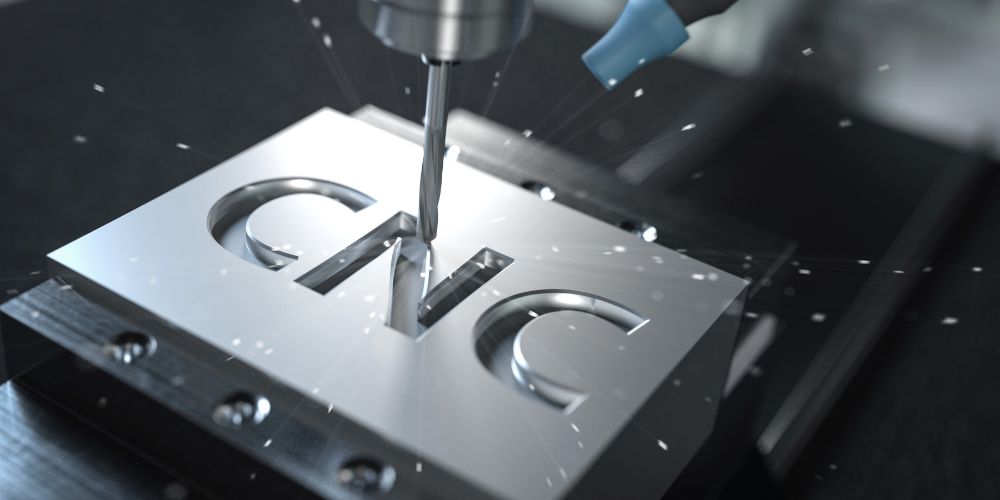
1. Introduction
In today’s competitive manufacturing landscape, achieving tight tolerances, consistent quality, and rapid turnaround is more critical than ever. CNC Precision Machining combines computer-controlled tooling with advanced materials and best-practice workflows to deliver complex parts with micron-level accuracy. This article will explore CNC precision machining from its core principles, material capabilities, and typical applications to the key technologies and future trends shaping the industry.
2. Why CNC Precision Machining?
CNC (Computer Numerical Control) machining offers unique advantages over manual methods and other fabrication techniques. Below are five core reasons manufacturers choose CNC precision machining:
Ultra-High Accuracy & Repeatability
Tolerances as tight as ±0.005 mm (±0.0002″)
Consistent part-to-part uniformity across large batches
Complex Geometries
Multi-axis machines (3, 4, 5, even 6,7-axis) carve intricate features
Undercuts, fine channels, deep pockets and micro-holes
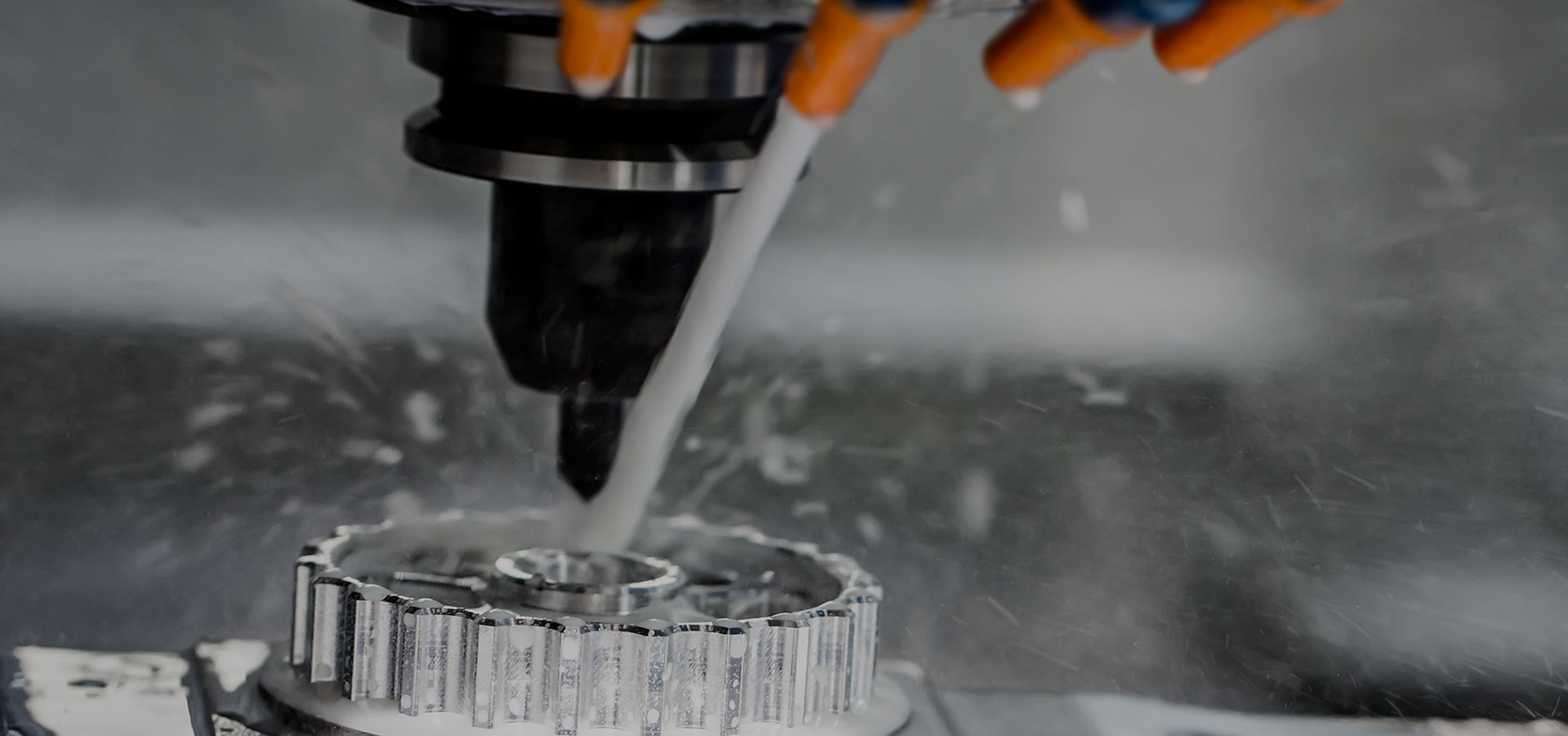
- Versatile Material Compatibility
Metals: aluminum, steel, stainless, titanium, Inconel, copper alloys
Plastics: PEEK, PTFE, Delrin, nylon, Ultem
Composites and exotic materials
- Reduced Lead Times & Waste
Fast CAM programming and tool-path simulation
Optimized cutting strategies minimize scrap material
Scalability & Automation
Automatic tool-changers and pallet-systems for lights-out production
Integrated probing and in-process inspection for zero-defect workflows
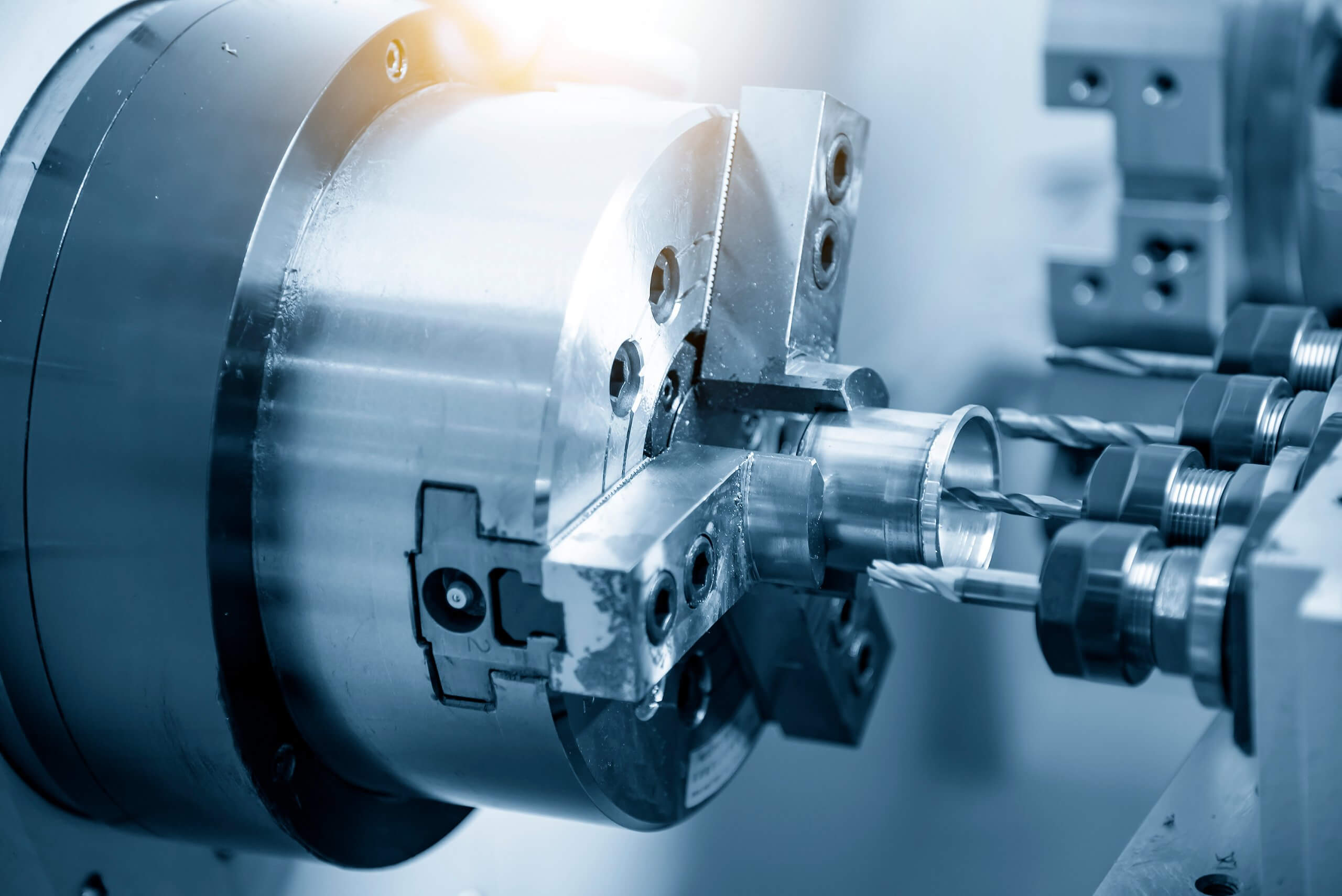
By matching precise digital instructions to high-performance cutting tools, CNC precision machining bridges design freedom with manufacturing reliability.
3. CNC Machining Categories & Capabilities
| Category | Axes | Typical Uses | Key Advantages |
|---|---|---|---|
| 3-Axis Milling | X, Y, Z | Simple pockets, faces, holes | Fast setup, cost-effective for prismatic parts |
| 4/5-Axis Milling | + A/B | Complex contours, undercuts, turbine blades | Single-setup machining, superior surface finish |
| CNC Turning | X, Z | Shafts, bushings, threaded components | High speeds, effective for cylindrical parts |
| Multi-Tasking (MTM) | Mill-Turn | Combined milling + turning in one center | Eliminates secondary ops, reduces handling |
| Wire EDM | X, Y | Fine slots, tool prototypes, molds | No mechanical stress, very fine kerf |
4. Key Applications
CNC precision machining serves virtually every high-performance industry. Here are the top sectors:
Aerospace & Defense
Flight-critical parts (airframe brackets, fuel manifolds)
High-temp alloys (Ti-6Al-4V, Inconel 718)
Medical & Dental
Surgical instruments, orthopedics implants, dental abutments
Biocompatible materials (CP Titanium, PEEK, medical-grade stainless)
Automotive & EV
Engine components, transmission parts, battery modules
Lightweight alloys (aluminum, magnesium) for weight reduction
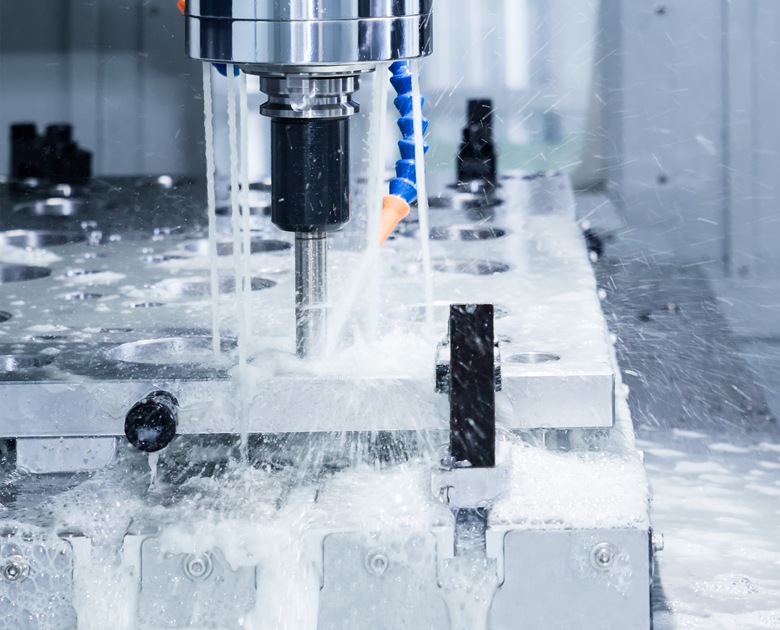
Consumer Electronics
Smartphone frames, cooling fins, headphone housings
Plastics and metal blends for aesthetics + EMI shielding
Industrial Equipment
Pump bodies, valve blocks, robotics end-of-arm tooling
Hardened steels and specialty alloys for wear resistance
5. Core Processes & Technologies
CAM Programming & Simulation
CAD-to-G-code toolpath generation
Collision-detection and “virtual machining” to eliminate errors
Tooling & Fixturing
Solid-carbide end mills, micro-drills, form tools
Precision vises, custom soft-jaws, modular fixturing
High-Speed Machining (HSM)
Spindle speeds up to 30,000 RPM for fine finishing
Adaptive cut strategies to maintain constant chip load
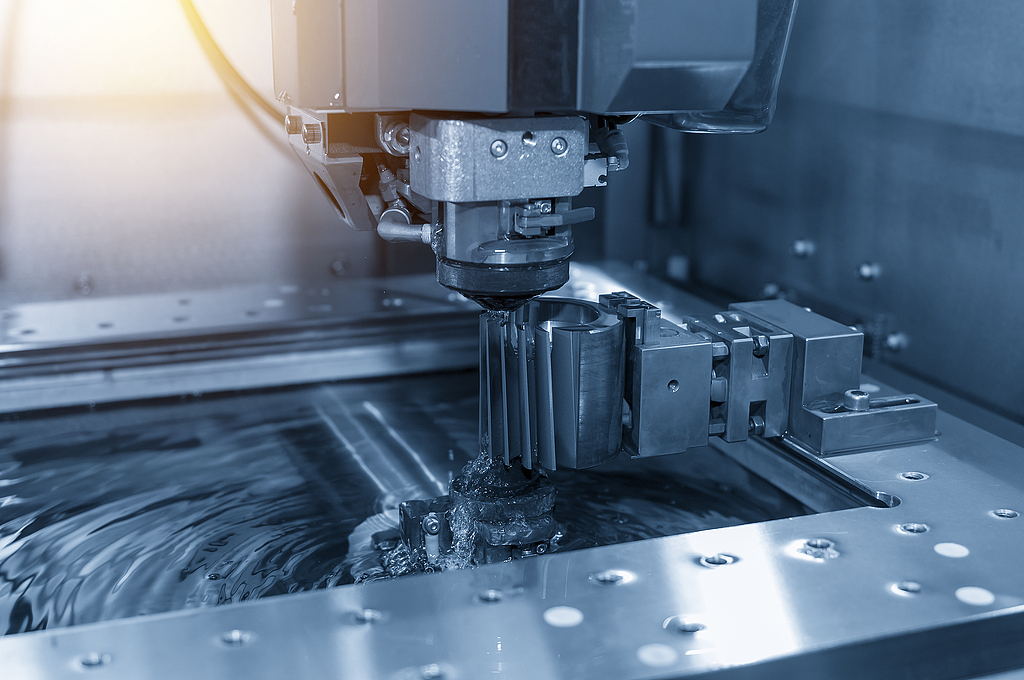
In-Process Inspection
Probing systems measure critical dimensions on-machine
Automated feedback loops adjust offsets for zero-defect parts
Post-Machining Treatments
Deburring, passivation, anodizing, and plating
Heat treatments (stress-relief, hardening) for performance
6. Summary
CNC precision machining is the backbone of modern manufacturing—delivering micron-level accuracy, complex geometries, and fast turnarounds across industries from aerospace to electronics. Emerging trends like AI-driven process optimization, hybrid additive-subtractive machines, and full automation promise to further reduce costs and shorten lead times.
Get a Free Quote!
Leave your contact details, or directly visit our online quoting platform to experience the future of material selection and production. Get expert material evaluations, tailored DFM analysis, and fast 24-hour production turnaround.
- Free Quote: Upload your designs, and our AI-powered engine will generate a custom quote in seconds.
- Talk to an Expert: Connect with one of our engineers via WhatsApp for immediate assistance.

